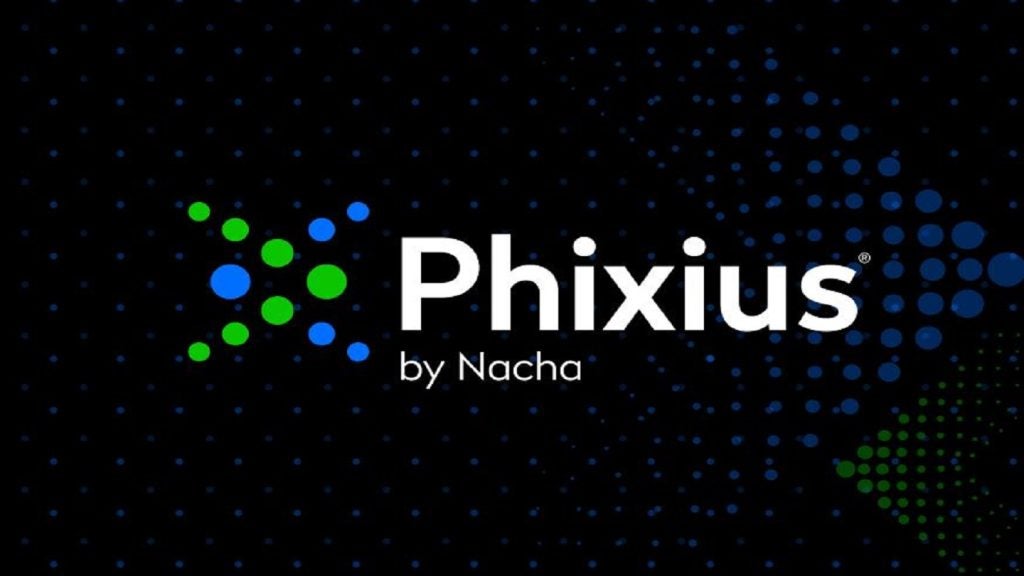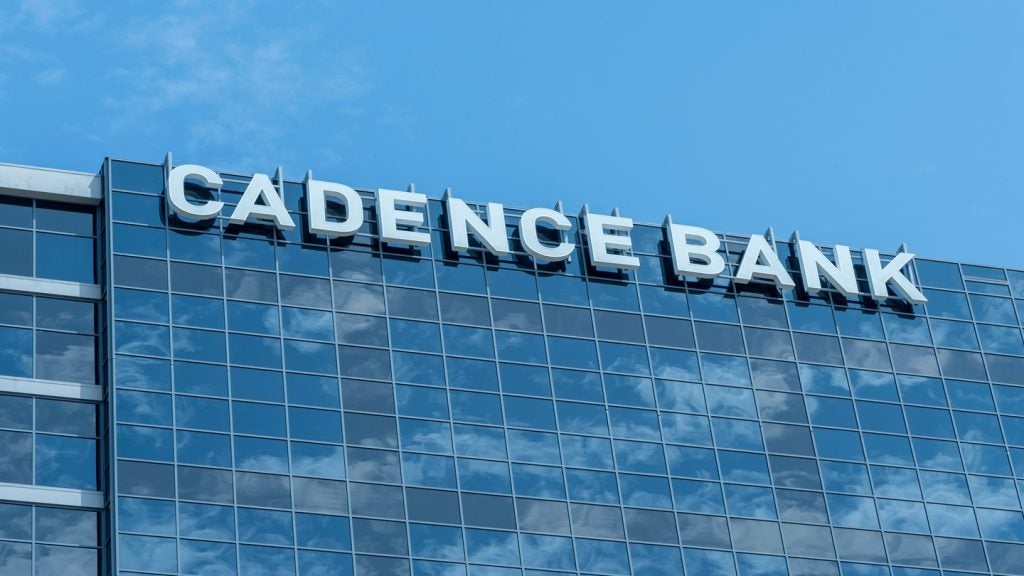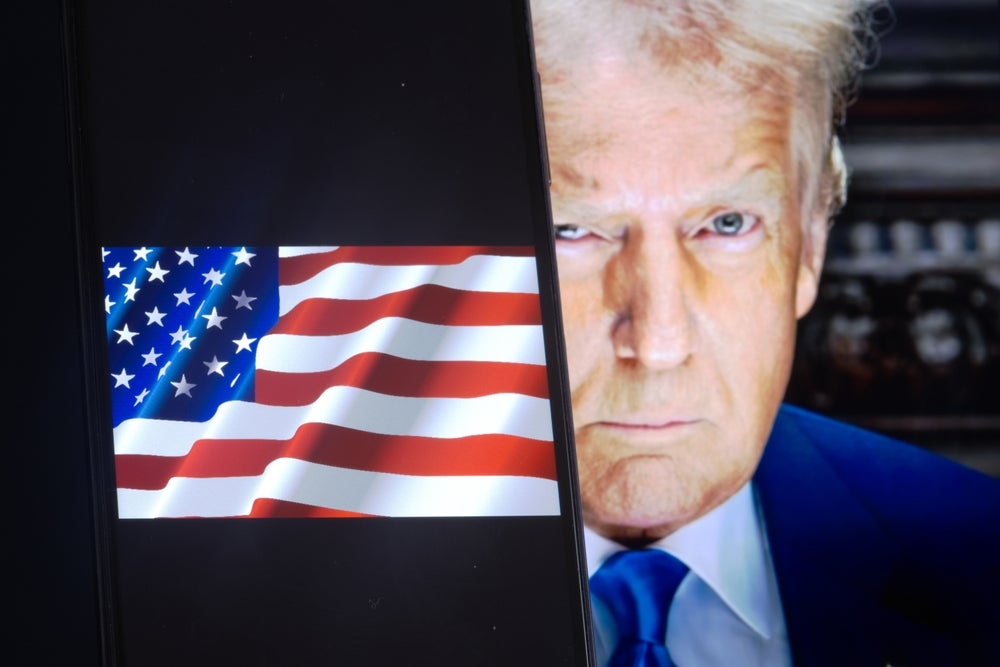India’s largest private sector bank, ICICI, has launched
a mobile banking service called iMobile. The product allows
customers to conduct a wide range of transactions via a mobile
phone such as fund transfers and bill payment for free. More
importantly, it is the boldest m-banking launch yet in India,
reports Titien Ahmed.
ICICI has unveiled details of iMobile, its new mobile banking
offering. The bank, which has high hopes for mobile distribution
across the vast expanse of India, describes the launch as “a
breakthrough innovation in banking”.
The application, which carries no charges or fees for users, covers
savings, credit card and loan accounts, and allows ICICI customers
to transfer funds to ICICI and non-ICICI bank accounts. Customers
can also pay their utility bills and insurance premiums.
Bank customers who are already registered for mobile alerts can
download the application by sending a text message. Security is
centred around a four-digit PIN, which will prevent “unauthorised
use of the service”, said a bank spokesman.
Banks in India are actively expanding their m-banking facilities as
the country emerges as one of the fast-growing telecommunications
markets in the world.
The business case for m-banking

US Tariffs are shifting - will you react or anticipate?
Don’t let policy changes catch you off guard. Stay proactive with real-time data and expert analysis.
By GlobalDataAccording to a report last year by VRL KnowledgeBank
called The Business Case for Mobile Banking (see RBI 579),
as of March 2007 there were 160 million mobile phone subscribers in
India. It is the world’s fastest-growing mobile services market
with an estimated growth rate of six to seven million new
subscribers per month. M-banking has huge potential to reach a
large segment of the Indian population who do not have access to
banking services.
As of June 2007, 35 percent of the population in rural areas and 44
percent of the population in medium-sized urban areas had a mobile
phone but did not have a bank account.
Global service providers such as Vodafone have set up in India and
handset makers, including Nokia, are reportedly upping production
capacity. A mobile phone can be bought for as low as $25 and
manufacturers are already talking about an $18 phone.
The CAGR for mobile phone subscribers in India between 2000 to 2006
is among the highest in the world at 87 percent, and compares
favourably to 31 percent CAGR for internet users and 30 percent for
personal computers in the country over the same time period.
“India has only 20 million internet connections [but] over 200
million mobile connections. With this application, most features of
internet banking will now be available on mobile phones, providing
a breakthrough improvement in banking services,” said V
Vaidyanathan, executive director of ICICI Bank.
ICICI’s close competitor, HDFC Bank, has already announced plans to
introduce mobile wallets and remittances. The bank claimed in
December that numbers of m-banking users have doubled in fewer than
six months and is looking to introduce debit and credit card
services on mobile phones in addition to launching the service in
rural areas.

A cost-effective strategy
There is a great incentive for banks to expand into rural areas
through mobile banking channels: it is a cost-effective strategy
helping banks comply with central bank regulations stipulating that
a proportion of a bank’s business be focused on rural
communities.
Rural mobile subscribers make up about 25 percent of the total
mobile user base in India. Given that only 34 percent of the
population is involved in the formal banking sector, India has the
second-highest number of financially excluded households in the
world – about 135 million. In a recent investor presentation, ICICI
said it would target rural banking through technology-driven
channels. The rural areas offer a market size of 600 million people
living in 600,000 villages, said the bank, but expanding through
the channel network will be an expensive exercise given the
geographic spread of the segment.
“[ICICI] is now targeting rural India as the next big opportunity
as a growth driver,” said Hatim Broachwala, research analyst with
local brokerage Khandwala Securities. “The rural lending book is
already around 10 percent of the loan book. The bank aims to adopt
a partnership model with micro credit agencies and companies, and
use rural dealers and internet kiosks for growing the
business.”
India is also one of the largest recipients of overseas remittances
in the world, receiving around $25 billion annually or 10 percent
of the world market. Remittances offer substantial scope for
further growth in mobile banking and m-payments – there are also an
estimated 30 million temporary migrants in the country, the
majority of them workers sending money home to their
families.
Even for those workers who do have bank accounts or access to
branches to make transfers, mobile peer-to-peer (p2p) payments
represent a convenient alternative, especially if wages can be paid
directly to their mobile accounts.
Already potential contenders
And there are already potential contenders in the rural mobile
banking space.
Obopay, a US mobile payments specialist, will launch mobile p2p
money transfer and remittance services through a cross-bank,
cross-channel and cross-operator platform. Other services to be
introduced by Obopay include postpaid bill payment, salary
payments, ticketing for railways, buses, airlines, insurance
collections and payments, brokerage payments, TV content purchase
and government payments.
It has already stated that its aim is to be a catalyst for
financial inclusion in India.
In addition to the opportunities presented by mobile banking in
rural communities, the overall low penetration of banking products
in India points to a huge potential in bringing customers into the
banking fold by increasing accessibility to banking services.
For example, just 3.3 percent of the bankable population possess a
credit card. Consumer loans per GDP – 11 percent in India –
provides a good measure of the scope for further growth.







